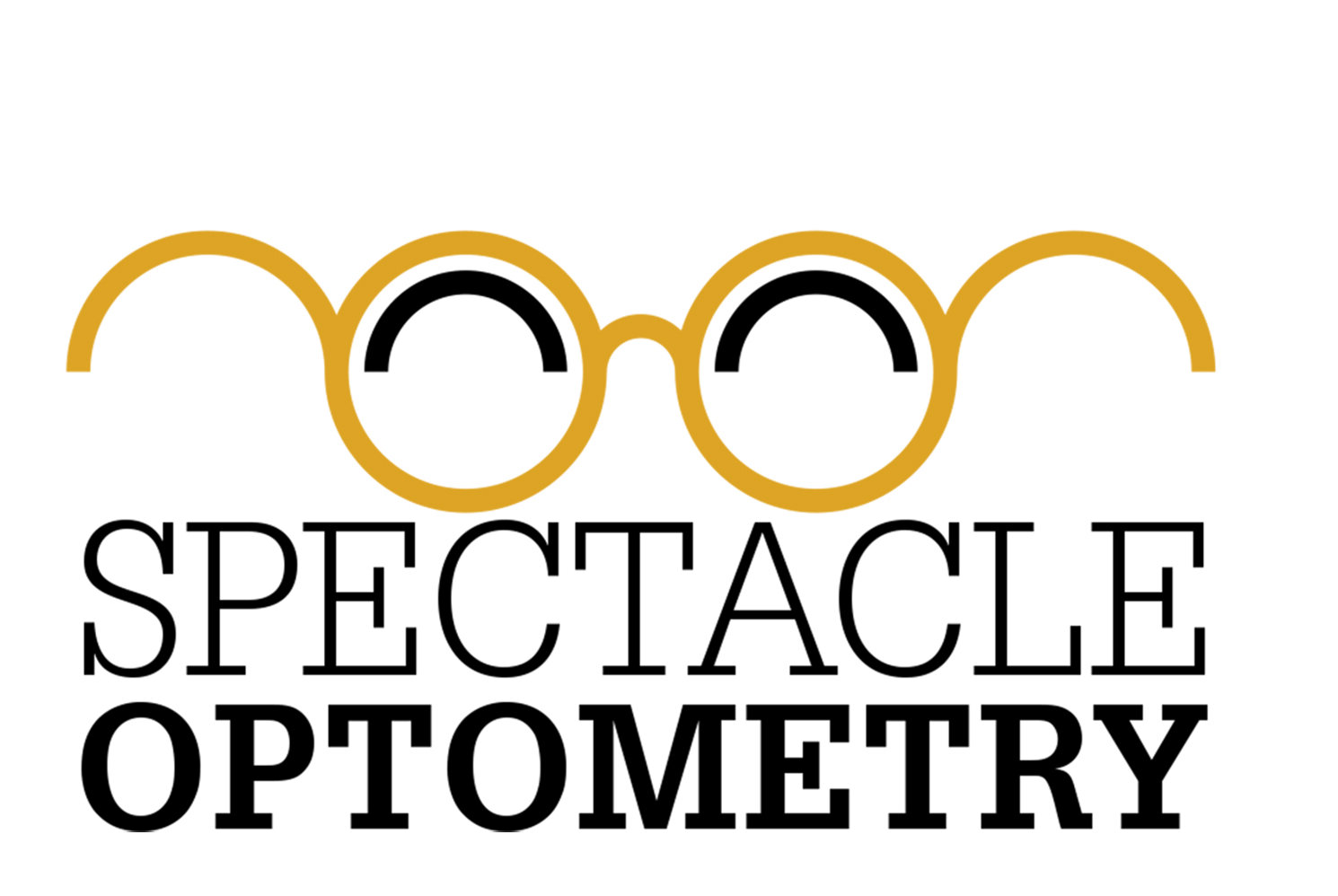CATARACT AWARENESS
Many people get cataracts confused with other common eye diseases, such as glaucoma and macular degeneration. While I’m sure you’ve heard of cataracts before, do you really know what they are, what we can do to slow their progression, and what treatment options we have? Since June is Cataract Awareness Month, we thought we’d set the record straight once and for all!
What Are Cataracts?
Christmas Tree Cataract
Photo taken by Stefani Karakas, CRA at https://webeye.ophth.uiowa.edu/eyeforum/atlas/pages/christmas-tree-cataract.htm
Cataracts are a yellowing or clouding of the lens inside the eye, which can cause decreased distance vision, streaking of lights, or muting of colors. We like to explain to our patients that it’s similar to the clouding and yellowing of your car’s headlights over time!
There are several different types of cataracts (my favorite being the Christmas Tree cataract… yes, that’s a thing!) that can present at different ages. Some can be seen at birth and are usually mild or do not cause a problem to the vision. Others can be formed from a traumatic injury to the eyes or head, but the most common are a result of aging. These age-related cataracts are what we will focus on today. With our long age expectancy nowadays, most people will experience some form of cataracts in their lifetime, but not all will need cataract surgery. On average, most cataracts begin to show around age 65. However, many factors can cause them to appear before or after that time.
What Can We Do?
The best way to slow down the progression of cataracts is to wear your sunglasses every time you go outside. This good habit should begin when we are young because the sun’s effect has the most impact then. Some studies say up to 80% of the damage in our eyes (that we may not see until later in life) is actually formed from sun exposure when we were under the age of eighteen.
Increased steroid usage, diabetes, and other medications can also cause cataracts to grow faster. So overall, we want to be eating a balanced diet and exercising so that we don’t get to the point of needing these medications if we can avoid it.
Can We Treat Them?
The good news is, yes! Once the cataracts have progressed enough causing significantly decreased vision, we will refer your to an ophthalmologist to perform cataract surgery. During this surgery, they remove the cataract and replace it with an artificial lens with your glasses prescription inside to help with vision. Some patients don’t even need glasses after their surgery!
Intraocular Lens Implant
This shows the artificial lens implant position inside the lens capsule (like a bag!) to hold it in position. Source: https://www.drgregcox.com/intraocular-lens-implants
We have lots of new developments for artificial lenses out now and some very unique options coming soon. The standard is a distance vision lens, but you’ll still need reading glasses for near vision. A lot of people these days are really enjoying the several multifocal options that we have in order to achieve both distance and reading vision though. There is also a lens technology coming out that we are excited to see. This lens allows us to slightly alter the artificial lens power weeks AFTER your surgery has been completed in order to fine tune any corrections that need to be made. Pretty cool!
Cataracts are certainly something we should all be aware of as we will all at some point in our lives experience them. We strive to take good care of your eyes at Spectacle, to monitor these changes along with you, and are happy to get you into some sunglasses to actively combat cataracts and sun damage now!





